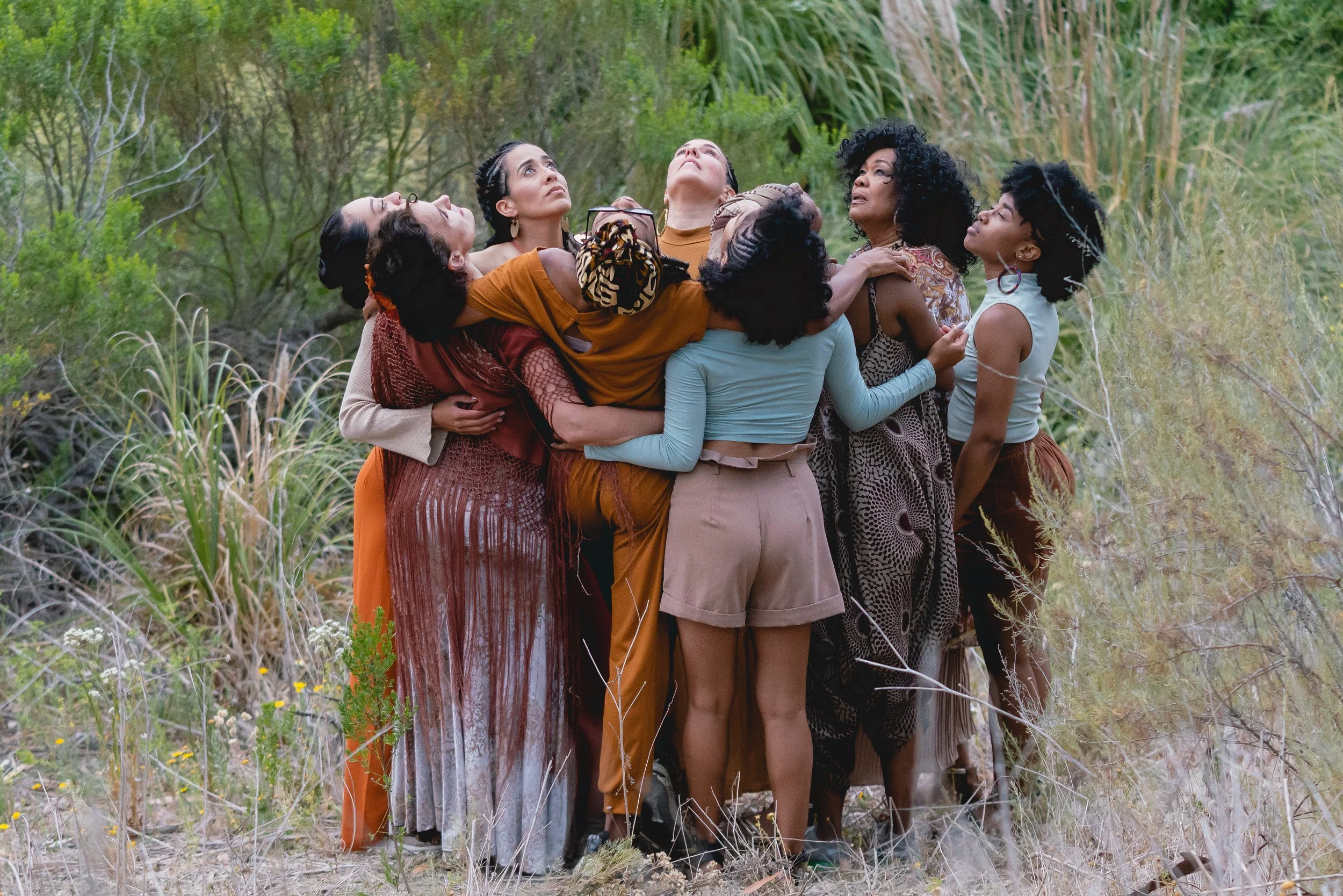Sugar and Slave Trade: The Dark History of Azúcar
As we begin our research and embodied work on our upcoming project ¡Azúcar! we wanted to share some of its history with you all. While this project calls on personal stories, it also calls on our responsibility to acknowledge our history, even the painful parts. Sugar may be a delight to the tastebuds, but historically, its production has a dark side. Here’s a look at the history of sugar, from origins to imperialism.
TRacing the Sweet Origins: Where Did Sugar Come From?
Sugar comes from the sugarcane plant, which is a tropical species native to New Guinea, India, and Southeast Asia. In 8000 BCE in New Guinea indigenous peoples would chew on sugarcane stalks for sweetness. Cultivation then spread throughout Southeast Asia, China, and India before eventually reaching Europe.
For European imperial powers, sugar—known as “white gold”—became an opportunity for economic growth and luxury. This spurred the development of sugar plantations in their colonies with tropical climates, most notably in South America and the Caribbean. As profit margins could be even higher with the use of slave labor, this began a shuffling of imports and exports across the Atlantic Ocean.
This process was known as Triangular Trade, or Triangle Trade, and involved three legs of a journey from Europe to Africa, to the Americas, and back. It involved these exchanges:
Goods from Europe to Africa (copper, cloth, guns, ammunition)
Enslaved people from Africa to the Americas
Goods from the Americas to Europe (sugar, molasses, tobacco)
The Bitter Truth: How Sugar Fueled the Transatlantic Slave Trade
The demand for sugar drove the transatlantic slave trade, which saw 10-12 million enslaved people transported from Africa to the Americas, often to toil on sugar plantations. This voyage was called the Middle Passage, and was notorious for its brutality and inhumaneness. Ships were overcrowded and overheated, slaves chained together and forced to endure disease-ridden, cramped, and torturous conditions. An estimated 15-25% of enslaved Africans died before reaching shore.
Once they reached the New World, there was no reprieve. Many were condemned to a life of misery on sugar plantations, where the work was back-breaking and dangerous. As time passed, the imperial hunger for sugar only grew. In 16th century Jamaica, 60% of enslaved people were sent to work on sugar plantations, and by the 19th century, that number swelled to 90%.
Sugar work was brutal on the human body. The average lifespan of an enslaved sugar plantation worker was only 7-9 years after arrival in the Americas. Forced to labor over the planting, maintenance, harvesting, processing, and transporting of sugar, enslaved people faced years of physically demanding work in hot and horrible conditions.
Introducing ¡Azúcar!: Exploring the Complex Legacy of Sugar and Slavery
¡Azúcar! addresses this dark history and our complicated relationship with sugar. It is envisioned as a 2-year project with various iterations including a movement film, a podcast, a live and virtual exhibition of photography and performance, a series of choreographic labs, and a live movement work that will tour as a part of the company’s next evening of new works beginning in 2023.
As CONTRA-TIEMPO, a Los Angeles-based activist dance company, we are dedicated to transforming the world through dance—building community, facilitating dialogue, and moving audiences to imagine what is possible. By engaging audiences with our physically intense and politically astute performance work, we endeavor to awaken their sense of themselves as artists and as social change agents.
Explore our engagement offerings, upcoming events and performances, and virtual engagements for a taste of what we bring to the Los Angeles community and beyond! Join our familia and connect with us, or support our movement by purchasing from our shop or donating today!

